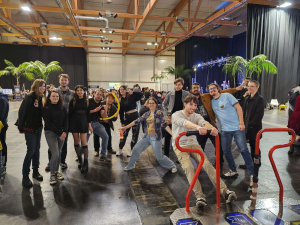Cloud storage cost: a taxonomy and survey
Authors: Akif Quddus Khan, Mihhail Matskin, Radu Prodan, Christoph Bussler, Dumitru Roman, Ahmet Soylu
World Wide Web
Internet and Web Information Systems
https://link.springer.com/journal/11280
Cloud service providers offer application providers with virtually infinite storage and com- 2 1 puting resources, while providing cost-efficiency and various other quality of service (QoS) 3 properties through a storage-as-a-service (StaaS) approach. Organizations also use multi- 4 cloud or hybrid solutions by combining multiple public and/or private cloud service providers 5 to avoid vendor lock-in, achieve high availability and performance, and optimise cost. Indeed 2 3 6 cost is one of the important factors for organizations while adopting cloud storage; however, 7 cloud storage providers offer complex pricing policies, including the actual storage cost and 8 4 the cost related to additional services (e.g., network usage cost). In this article, we provide 9 a detailed taxonomy of cloud storage cost and a taxonomy of other QoS elements, such as 10 network performance, availability, and reliability. We also discuss various cost trade-offs, 11 including storage and computation, storage and cache, and storage and network.
Finally, we 12 provide a cost comparison across different storage providers under different contexts and 13 a set of user scenarios to demonstrate the complexity of cost structure and discuss existing 14 literature for cloud storage selection and cost optimization. We aim that the work presented in 15 this article will provide decision-makers and researchers focusing on cloud storage selection 16 for data placement, cost modelling, and cost optimization with a better understanding and 17 insights regarding the elements contributing to the storage cost and this complex problem 18 domain.




















